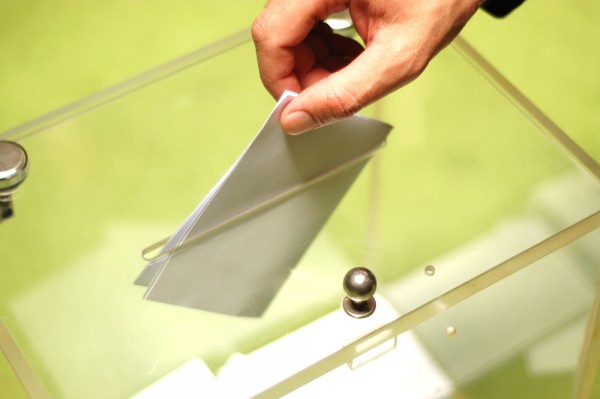Lower Threshold for Parcel Taxes Will Not Help Education Funding Gaps

 Credit: tlegend / Shutterstock.com
Credit: tlegend / Shutterstock.com
The California Legislature is considering a lower threshold for local parcel taxes for the entire state through a state constitutional amendment (SCA 11). A parcel tax is assessed on land itself, not property. Everyone subject to a parcel tax pays a flat tax rate.
The current threshold for parcel taxes is a two-thirds voter approval. The money raised by the tax goes to local school districts and schools can generally use the funds as they see fit.
The Public Policy Institute of California released a study that looked into where parcel taxes are enacted and how it has affected California education funding:
"Although a parcel tax is one of the only local revenue options available to school districts, these taxes are not widespread. Only about 10 percent of districts have passed one, and the money raised amounts to less than 1 percent of total K–12 revenue...totaling approximately $317 million in 2010–11"
The following chart shows the student demographics in districts that have either passed a measure, had a measure get 55 percent (but not pass), did not have a measure pass, or did not have a measure proposed. Districts with a higher proportion of low-income students and English-learners are not as willing to enact a parcel tax. Even if there was a 55 percent threshold in the future, data indicates it would not affect lower-income and English-learning districts:
Credit: PPICCo-author of the study Eric McGee stated:
"It is hard to say that lowering the vote threshold for parcel tax passage would expand their reach into new areas of the state or to more disadvantaged students. This change would likely make it easier for more of the same kind of districts to pass parcel taxes and for districts that already have them to pass more.”
It makes sense that more higher-income school districts would be willing to pay more for its schools. There has been state opposition to California's new school funding formula, the state now redirects more funding for disadvantaged districts through the local control funding formula (LCFF). The lower threshold may help the more affluent districts raise their funding levels to be more equitable.
Eric McGee discusses:




